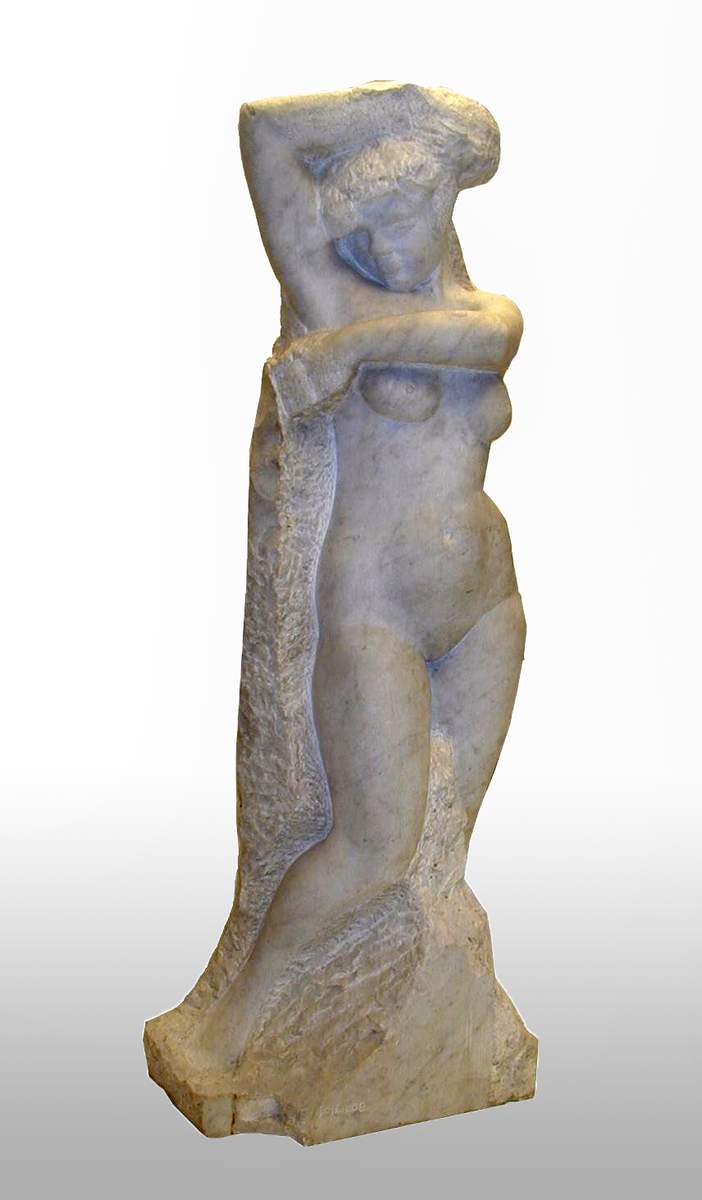


Скульптор.
Учился в МУЖВЗ (1892–1896) у С. И. Иванова и С. М. Волнухина, пенсионер Училища (1897–1898) в Германии, Франции, Италии. Учился в ВХУ при ИАХ (1899–1902). Член объединений СРХ (1909) и "Мир искусства" (1917). Участник выставок с 1894: ТПХВ (1899, 1900), МТХ (1907, 1908, 1913), НОХ (1907, 1909), СРХ (1909–1914, 1917, 1922), "Салон [С. К. Маковского]" (1909), "Мир искусства" (1915, 1917, 1921, 1922), АХРР (1923); Международной в Венеции (1924); русского искусства в Нью-Йорке (1924). Преподавал в ВХУТЕМАС и в студии Пролеткульта (1918–1922). С 1924 по 1945 жил в Нью-Йорке, посетил Италию (1928–1929). В 1945 вернулся в Москву. Действительный член АХ СССР (с 1954). Лауреат Государственной премии (1951) и Ленинской премии (1957). Народный художник СССР (1958).
| Народный художник СССР Сергей Тимофеевич Коненков (документальный фильм, 1964) |

Sculptor and creator of monuments. He studied at the Moscow Institute of Painting, Sculpture and Architecture under Sergei Ivanov and Sergei Volnukhin. He was sent abroad by the institute (1897) and visited Germany and Italy. He received the grand silver medal in 1899 for his statue "Stone Warrior" and was accepted at the Higher Arts Institute of the Imperial Academy of Arts. In 1902 he received the title of Artist-Sculptor for his statue "Samson Breaking the Bonds". He was a member of the New Society of Artists (from 1908), the Union of Russian Artists (from 1909), World of Art (from 1917) and was an active member of the Imperial Academy of Arts (from 1916). He lived in Moscow (1902–1923) and New York (1924–1945). In 1945 he returned to Moscow. He was an active member of the USSR Academy of Arts (from 1954) and was a People's Artist of the USSR (1958). Images from the Russian folk epos occupy an important position in Konenkov's creative work. He worked successfully with portraits and created poetic depictions of the naked female form.



